Secrets Behind Authentic Rellenitos de Platanos
12 min read Discover the authentic secrets to preparing Rellenitos de Platanos, a beloved Central American sweet featuring tender plantains and rich fillings. July 22, 2025 15:05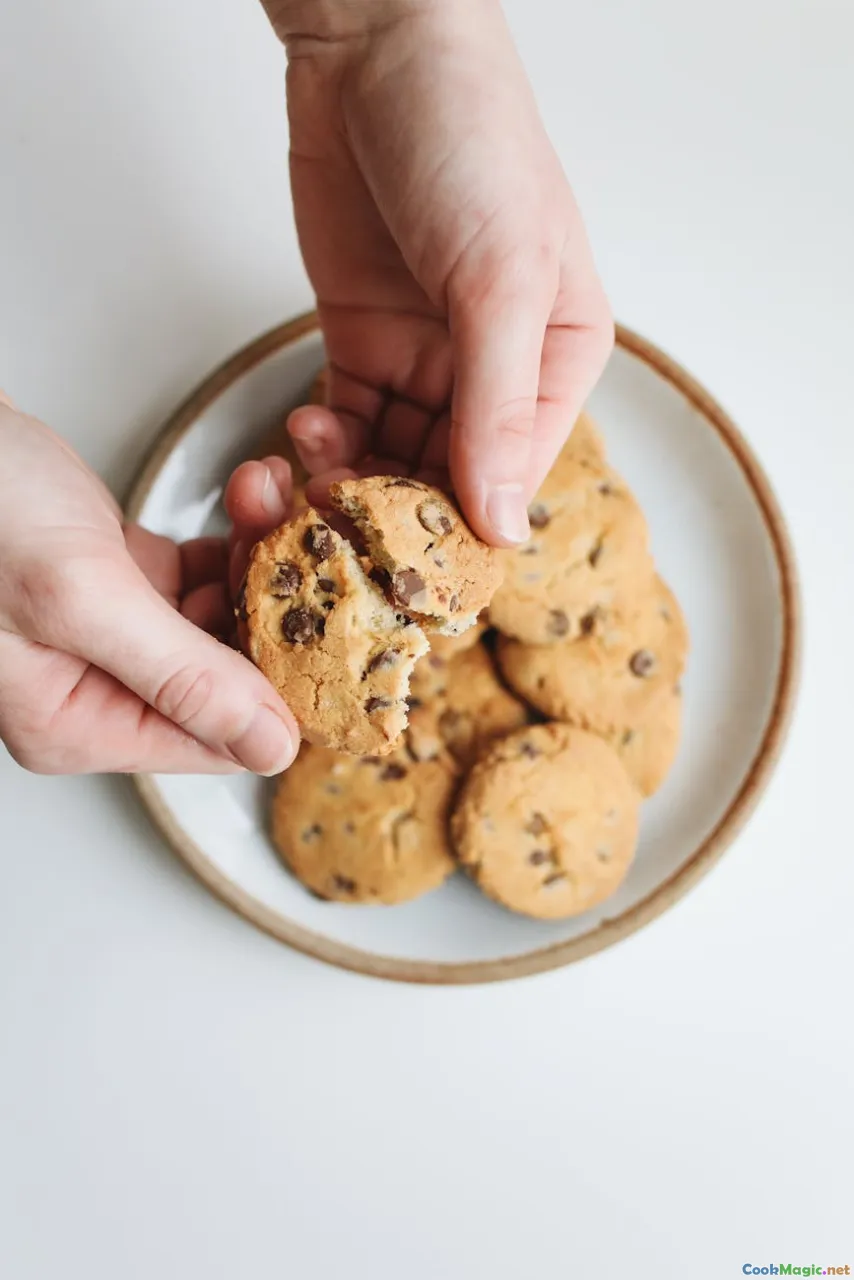
Unlocking the Secrets Behind Authentic Rellenitos de Plátanos
Few Central American desserts evoke the warm nostalgia of Rellenitos de Plátanos — a harmonious marriage of ripe plantains, luscious sweet fillings, and the inviting aroma of cinnamon and cloves. From bustling markets in Guatemala City to rural villages along the Guatemalan highlands, these small treasures carry stories of generations, communal joys, and culinary artistry.
Stand at the heart of a traditional kitchen, and you'll notice the symphony of sights, smells, and textures coming together—and it’s more than just a dish; it’s a cultural emblem that traces centuries of history, migration, andfamily heritage. Today, we peel back the layers of this iconic delicacy, revealing the craft, secrets, and nuances that elevate Rellenitos de Plátanos from simple pastries to edible expressions of Central American soul.
Origins and Cultural Significance of Rellenitos
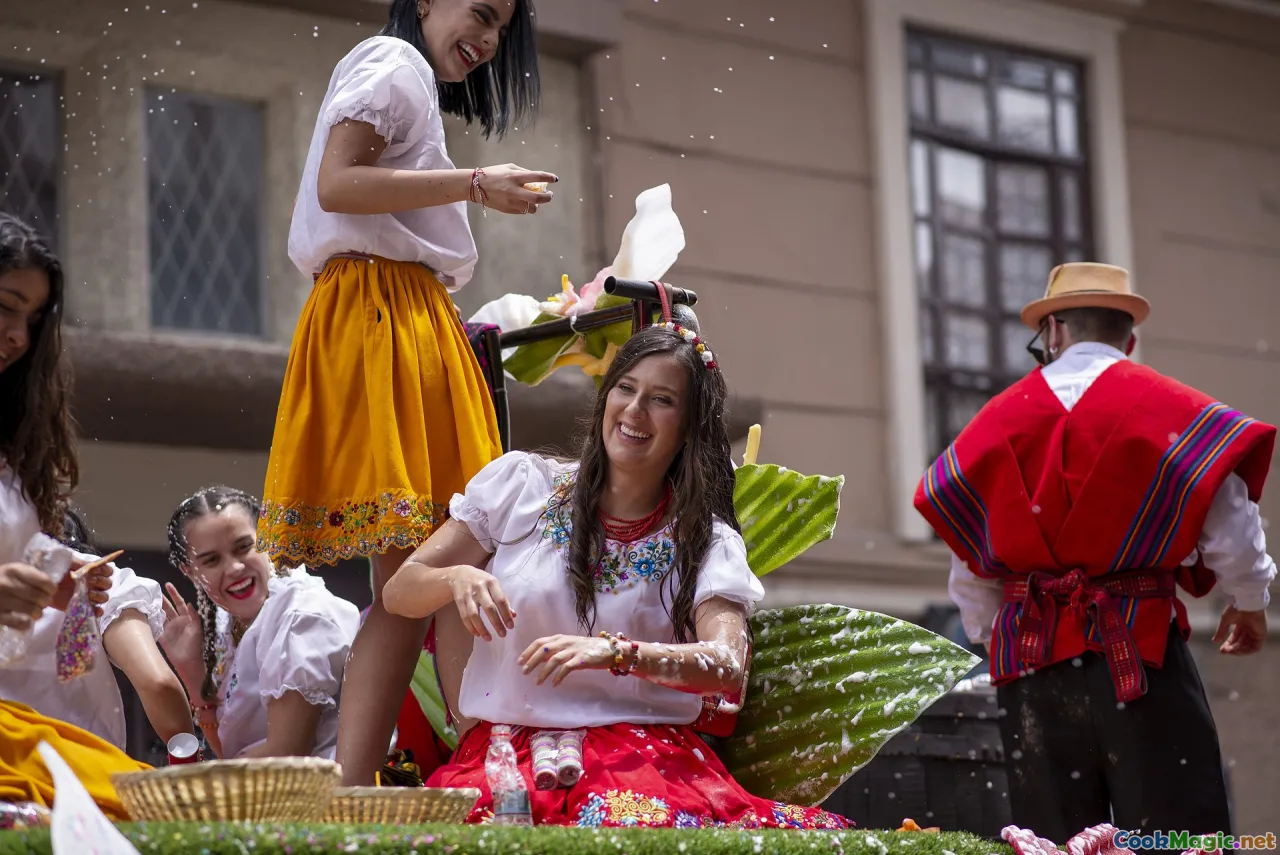
Rellenitos de Plátanos are more than just a century-old recipe; they are a living testament to Guatemalan culinary resilience. The dish's roots are embedded in the indigenous practices that blend pre-Columbian traditions with Spanish colonial influences. Bananas, introduced by European settlers, quickly became a staple, prized for their sweetness and versatility.
Historically, rellenitos were crafted as modest treats for rural families, utilizing local ingredients available—all the while embodying shared stories during festivals and family gatherings. Celebrations like Día de San Pedro or local patron saint festivals find these small pastries prominently displayed, symbolizing abundance and hospitality.
Selecting the Right Plantains: The Foundation of Authenticity
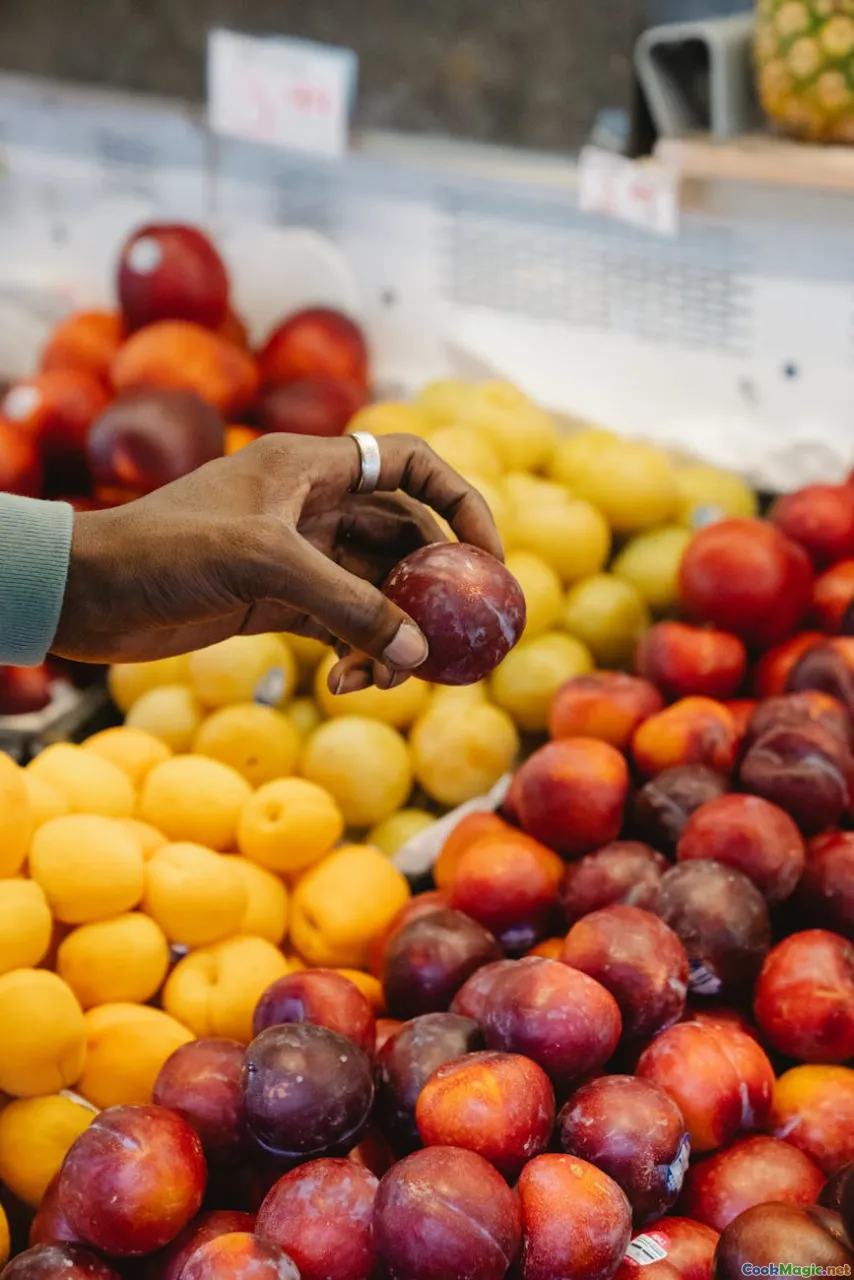
The journey to mastering rellenitos starts at the banana stall. The secret lies in choosing ripe plantains—ideally, those with a rich black or dark yellow peel, soft to the touch but not mushy. Their natural sugars have fully developed, providing that signature sweet aroma and tender texture essential for a soft but workable dough.
Avoid overly soft or overripe plantains—these can turn to mush during cooking, making the filling tricky to handle or leading to a too-sweet, sticky dough.
Personal tip: Select plantains with a sweet, almost vanilla-like aroma. This scent hints at the caramelized depth that will develop as they cook, which is key to authentic flavor.
The Art of Making Plantain Dough
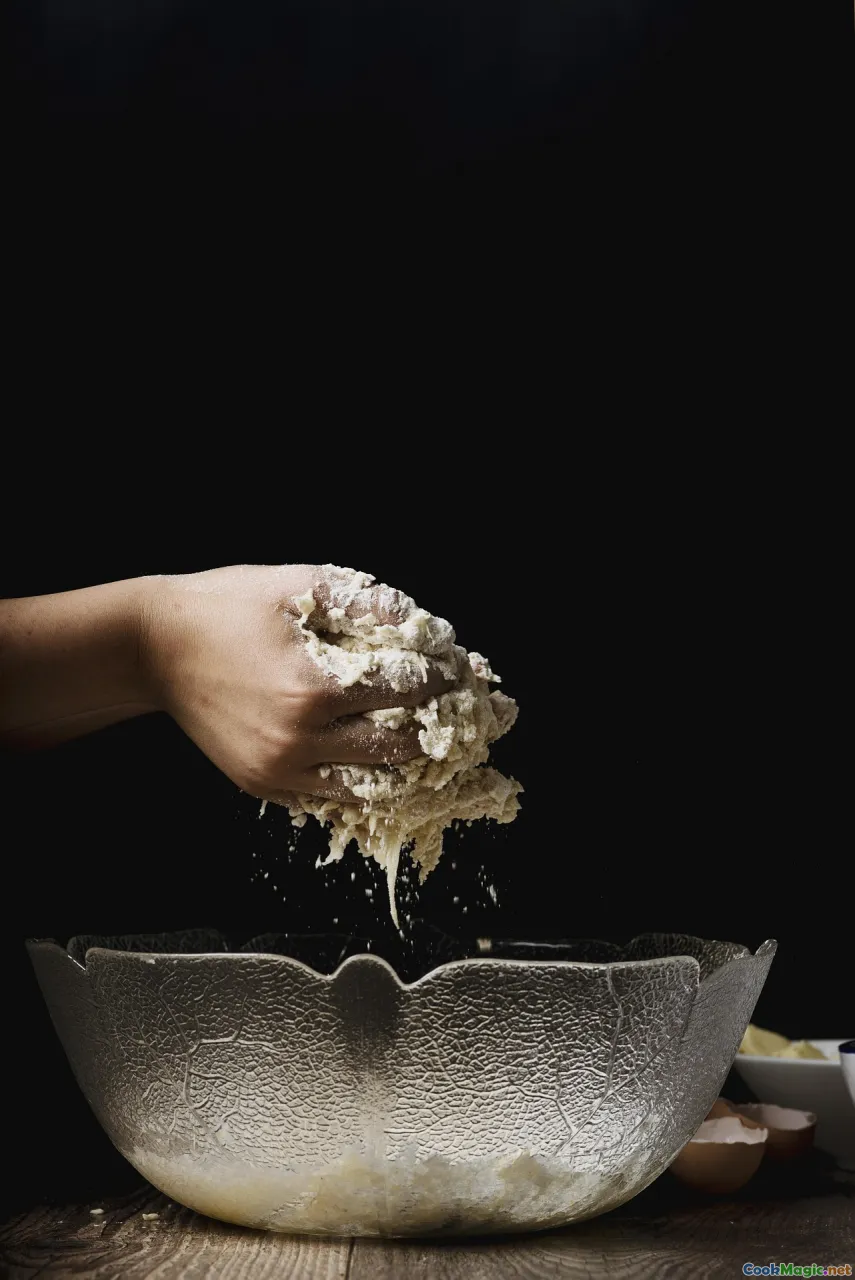
The core of relleno integrity lies in the dough. After peeling the ripe plantains, they are typically boiled or steamed until tender—about 15 to 20 minutes. Once cooled slightly, they’re mashed thoroughly with a traditional stone pestle or a sturdy fork, aiming for a smooth, pliable consistency.
Pro tip: For extra richness, a small splash of authentic Central American vanilla extract can be kneaded into the mashed plantain, enhancing its natural sweetness.
Some cooks prefer to add a pinch of maize flour or bread crumbs to improve durability—especially if the rellenos are to be fried—without compromising the delicate taste.
The key is achieving a malleable but not sticky dough that wraps smoothly around the filling.
Mastering the Filling: From Beans to Chocolate
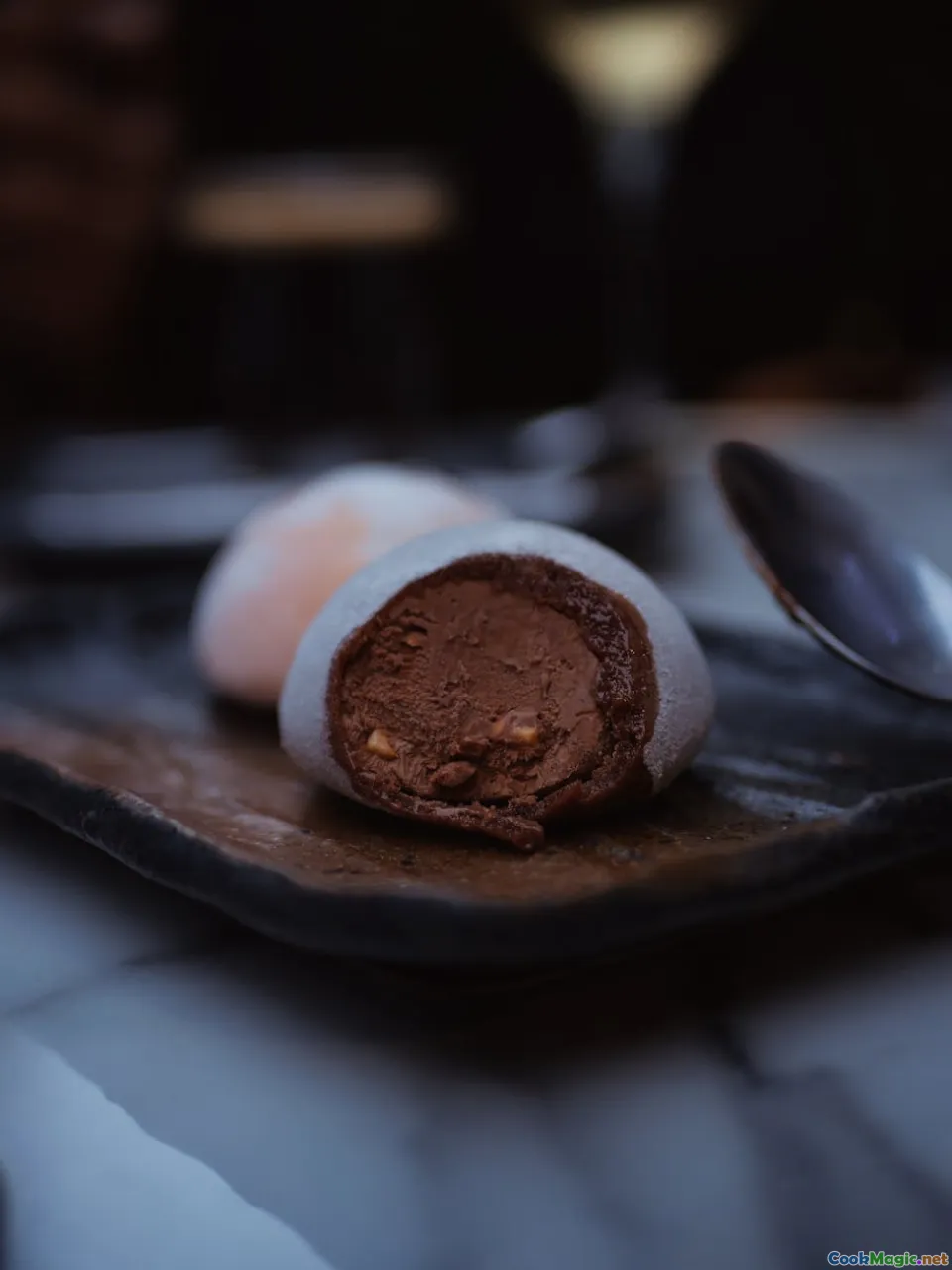
Historically, the filling is a sweet black beans paste, sometimes enriched with a touch of sugar or cinnamon, symbolizing the earthy, hearty flavors typical of Guatemalan cuisine. But modern variations explore luscious additions like sweetened pumpkin, toasted almonds, or even a whisper of dark chocolate for added depth.
To prepare an authentic bean filling, soak dried black beans overnight, then cook them until soft. Once cooled, mash and pass them through a sieve for a smooth texture, blending in sugar, cinnamon, and a dash of vanilla.
Chocolate-filled rellenos are a delightful twist—using Mexican Mexican chocolate, which has a nuanced bitterness. Melted and mixed into the bean paste creates a gooey, decadent surprise encased within the plantain shell.
The Craft of Shaping and Filling Rellenitos
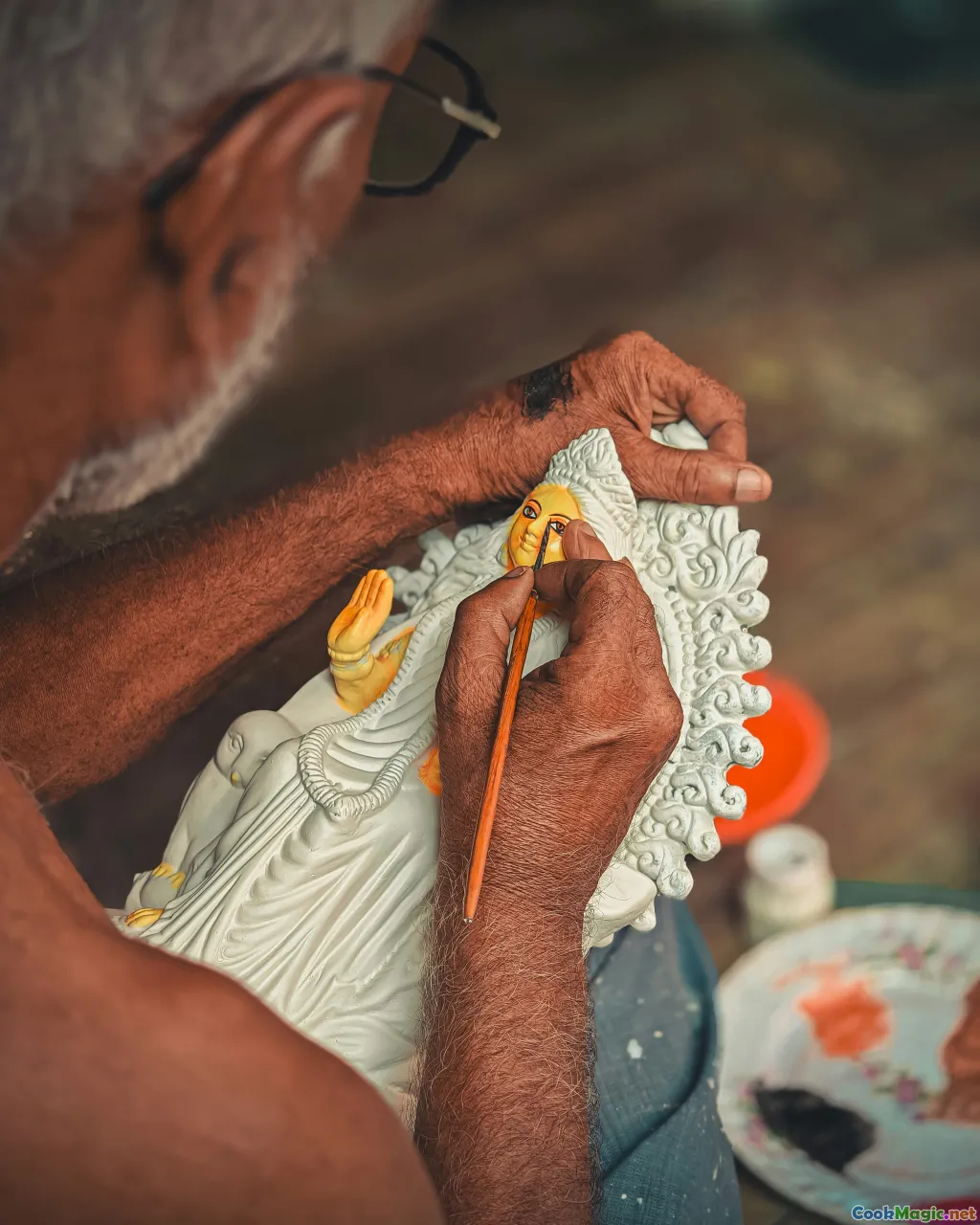
This step is where artistry meets tradition. Take a small portion of the plantain dough—about the size of a golf ball—and flatten it into a disc with your fingers or a rolling pin dusted with cornstarch.
Place a teaspoon of the prepared filling in the center, then gently seal the edges by pinching and patting the dough, ensuring a smooth, round ball or oval shape reminiscent of a tiny treasure.
For more authenticity, some artisans use a small wooden stick or traditional wooden molds to achieve uniform shapes—each one individually crafted, reflecting local techniques.
Cooking Techniques: Frying or Baking?
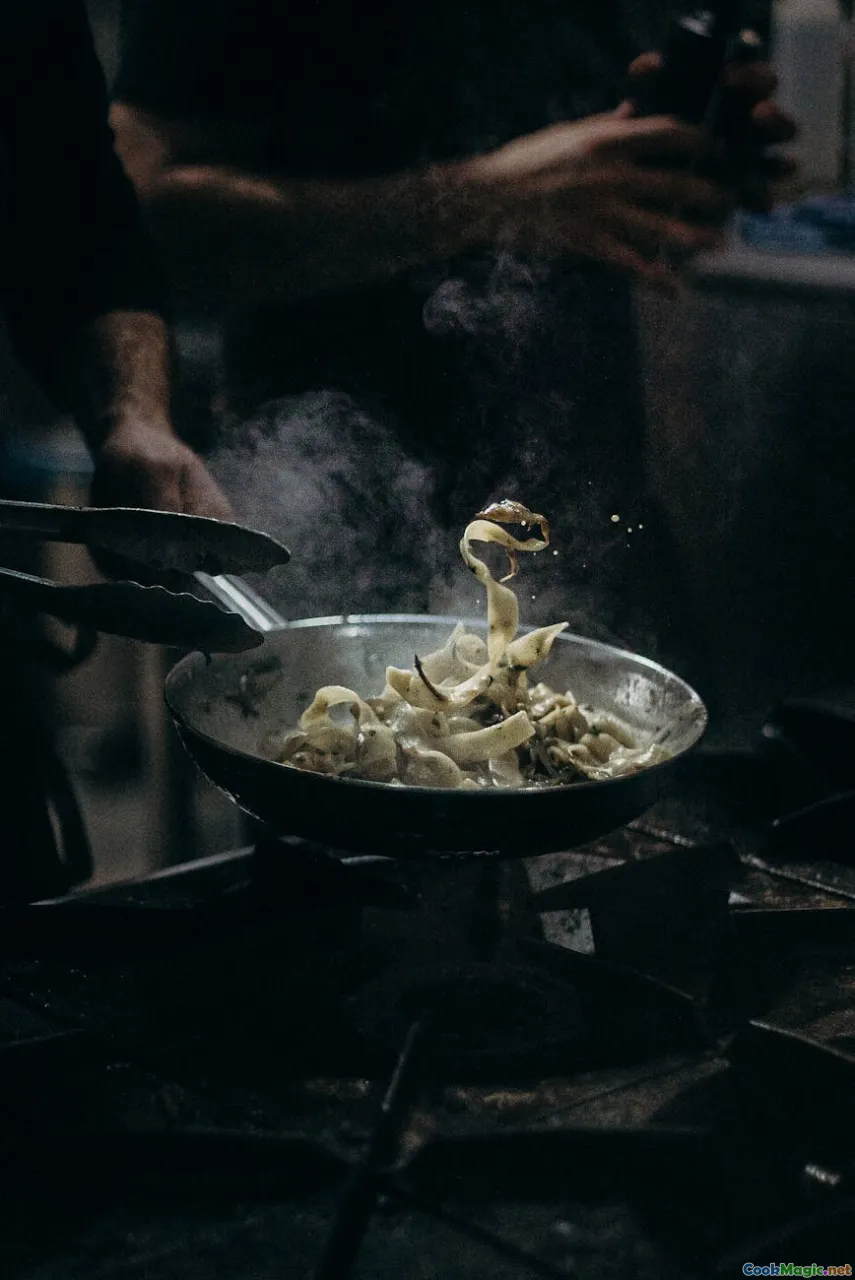
While traditional rellenitos are fried to golden perfection in hot vegetable oil, some cooks prefer baking for a healthier rendition, especially in modern kitchens. Frying produces that irresistible crispy exterior, creating a contrast with the soft plantain exterior and melty filling.
To fry: heat oil over medium-high heat, gently dropping in the rellenos when hot. Fry until golden brown on all sides, then drain on paper towels.
Baking at 375°F (190°C) for approximately 20 minutes results in a softer, slightly chewy version—still delicious and culturally faithful, but with less greasiness.
Pro tip: for extra flavor, sprinkle the rellenos with a cinnamon-sugar blend immediately after frying or baking.
Serving Styles: Presentation and Accompaniments

Authentic rellenos de plátanos shine simplest when served warm, plated with a dusting of powdered sugar or sprinkled with toasted coconut flakes. For a festive presentation, adorn with a fresh mint sprig or a few slices of tropical fruit—mango, pineapple, or a sprig of fresh cilantro.
A side of thick Central American hot chocolate or a cup of fresh tamarind juice complements the rich sweetness perfectly, turning the fill-and-fry ritual into a full sensory experience.
Notable Variations Across Regions
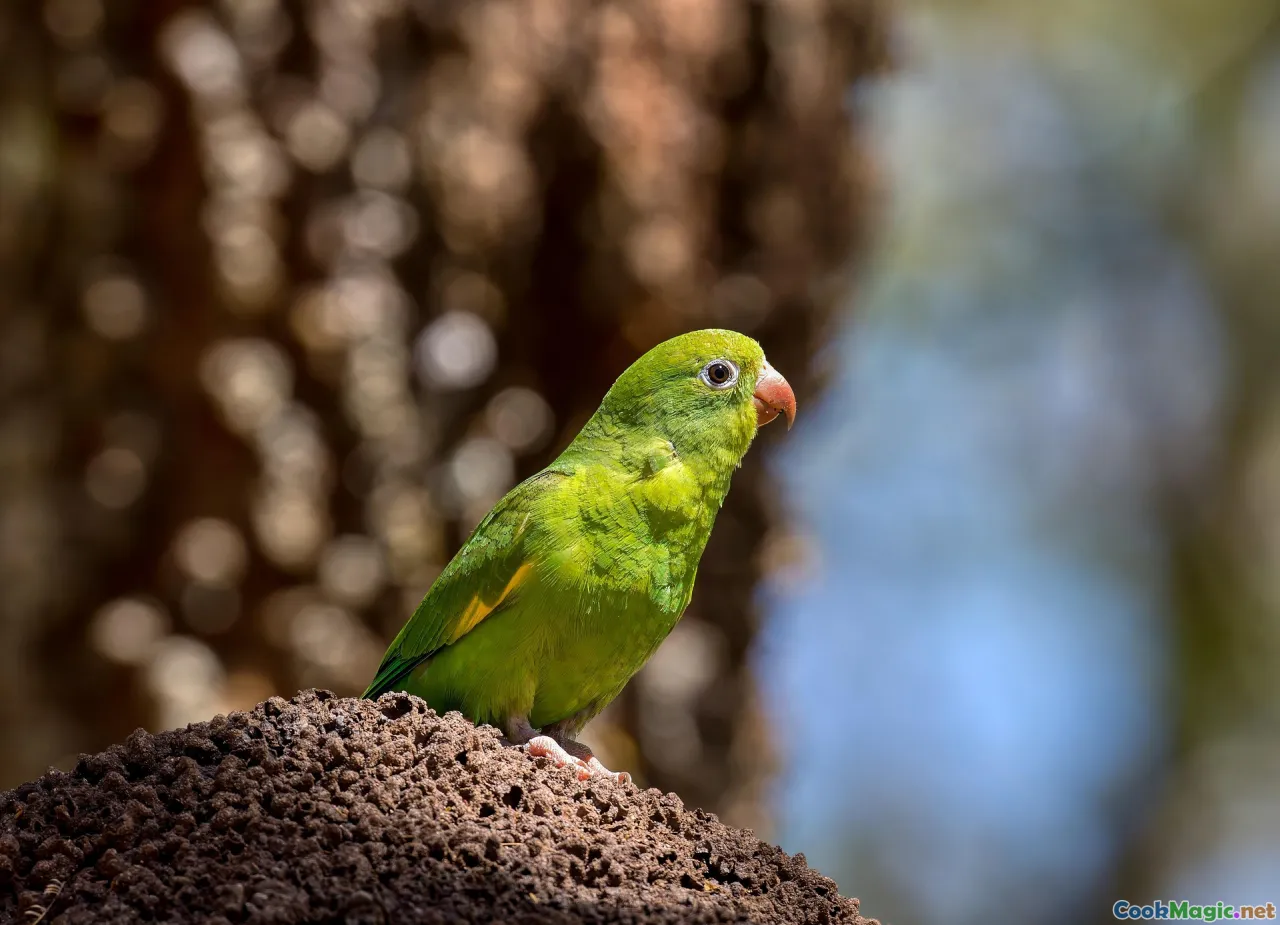
While Guatemala claims the traditional mantle, other Central American countries have adapted rellenos into their local flavors:
- Honduras: Incorporate more robust spices like allspice and serve with honey for a sweet-savory twist.
- El Salvador: Use a mashed pumpkin or sweet potato instead of plantains for a different tender base.
- Nicaragua: Enrich the filling with roasted nuts and a hint of rum for a mature flavor palette.
Understanding these variations adds depth to your knowledge, revealing how culture influences culinary nuances.
Tips from the Kitchen: Elevating Your Rellenitos
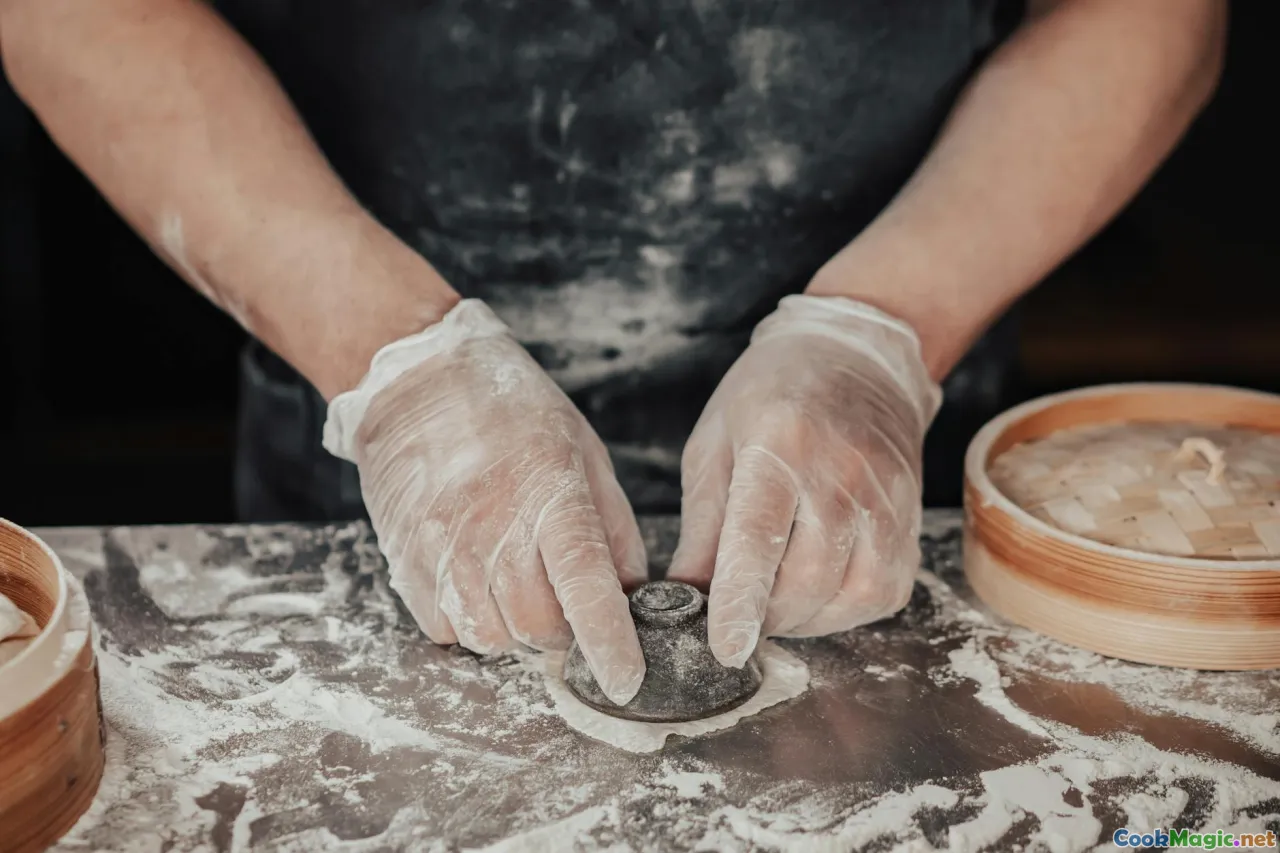
- Use fresh, ripe plantains for optimal sweetness and flavor.
- Ensure the dough is adequately sealed to prevent filling from leaking during frying.
- Don’t overcrowd the pan when frying; maintain oil temperature for even crispiness.
- Let rellenos rest briefly after frying to allow flavors to settle—serving immediately offers optimal texture.
- Experiment with fillings: a spoonful of dulce de leche, roasted chestnut paste, or even guava jam for personalized touches.
A Personal Reflection: Why Rellenitos Are Close to My Heart
Growing up in a Guatemalan household, rellenitos were a fixture of my childhood. My grandmother’s hands were magic—her secret blend of mashed plantains and that unmistakable swirl of cinnamon filled our small kitchen with warmth and memory. Each bite tasted like family, long conversations, and the vibrant life of our homeland.
Sharing this dish in recent years, I’ve seen firsthand how rellenos connect people to their heritage. They are humble, sweet, and humble again. But within those humble layers lie stories—stories of resilience, adaptation, and relentless passion.
As you craft your own rellenos, remember: the essence isn’t just in the ingredients but in the love and history infused into each step—a delicious, edible tribute to Central American history and soul.
Whether you’re a seasoned culinary explorer or a home cook testing seasonal nostalgia, understanding the secrets behind authentic Rellenitos de Plátanos transforms simple ingredients into a heartfelt culinary masterpiece. Dive deep, handle with love, and enjoy—a taste of Central America in every bite.









